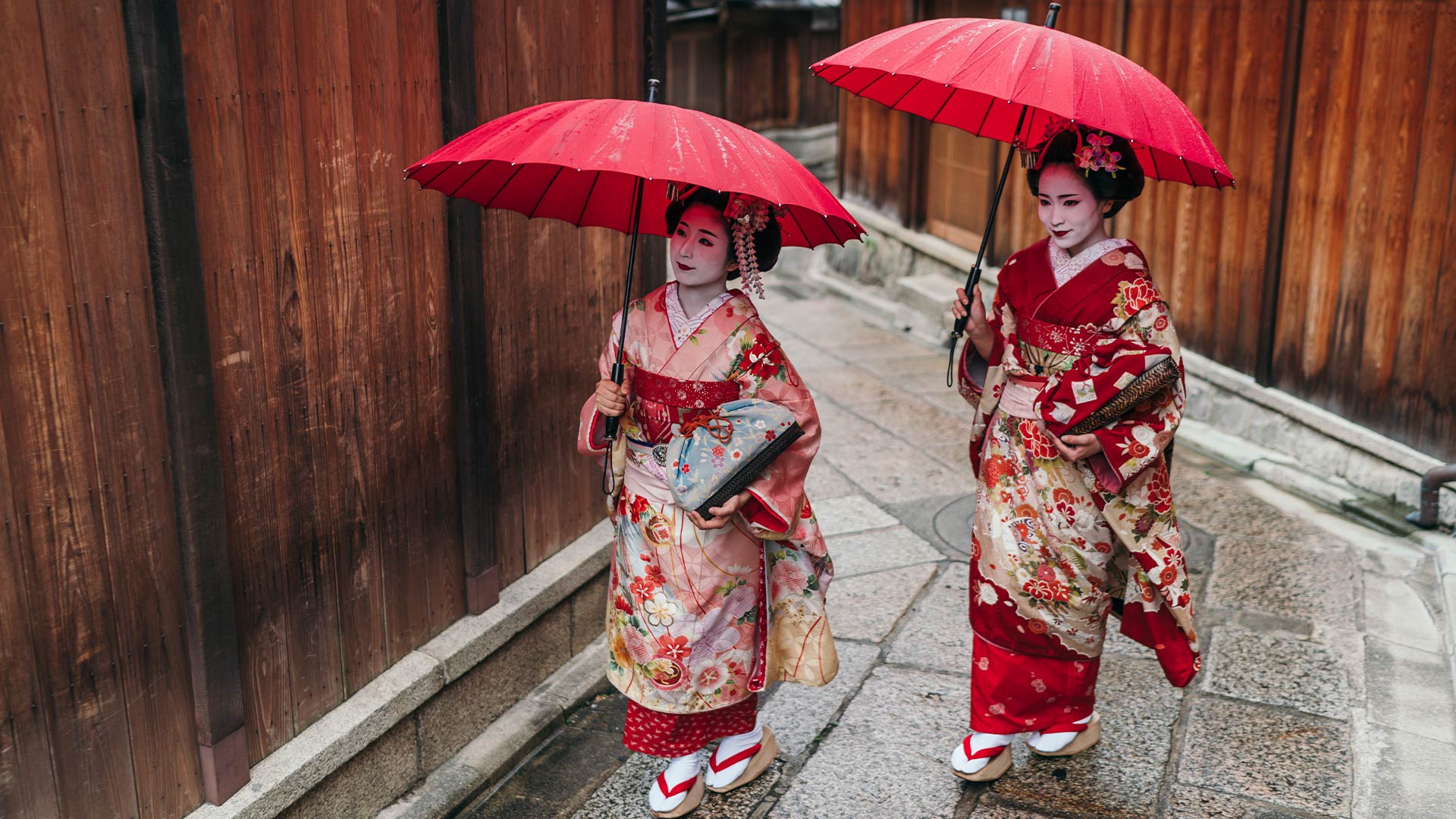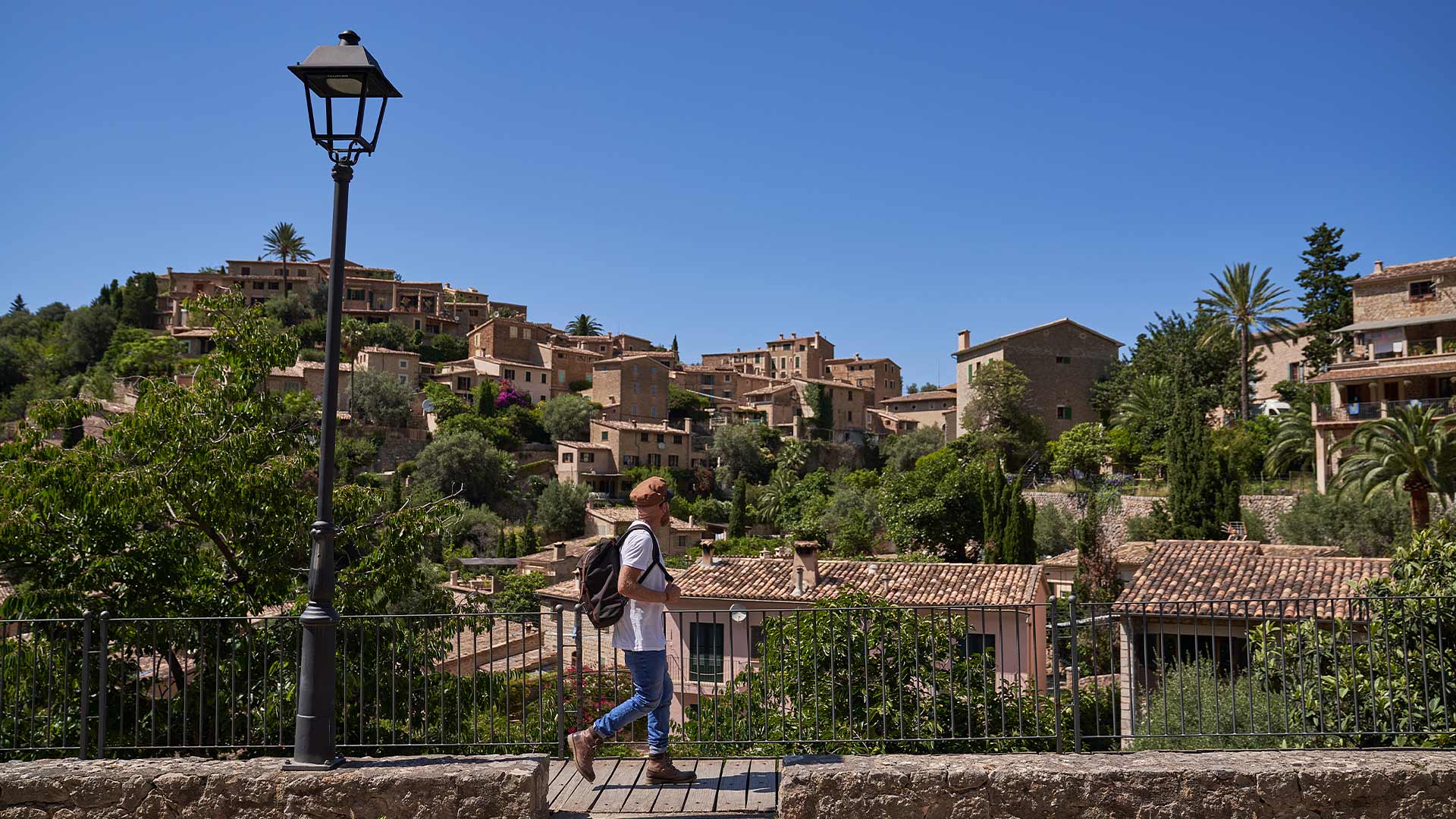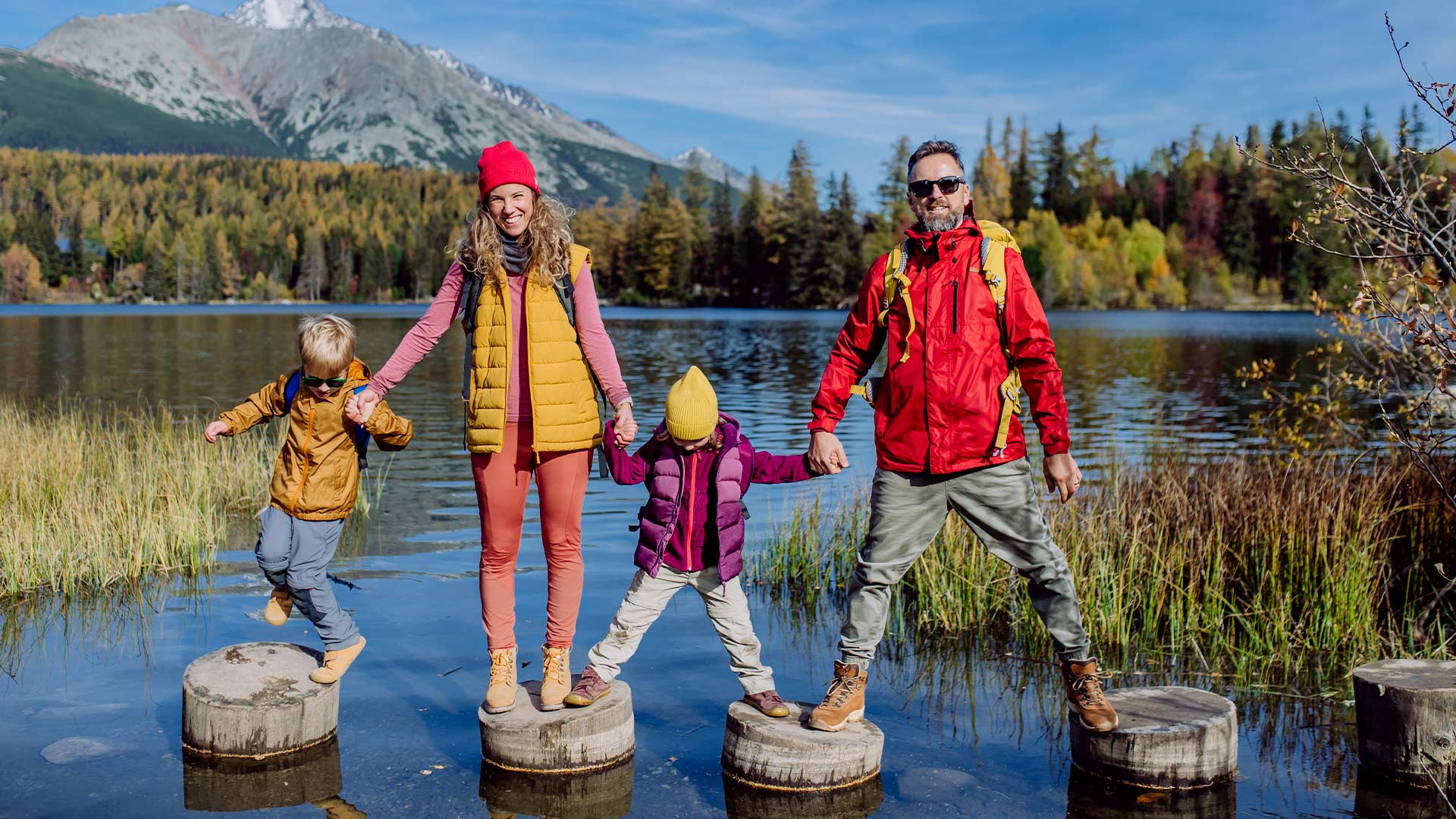New Zealand Nature Guide: Hikes, Lakes & Stargazing Campsites

New Zealand is renowned worldwide for its breathtaking natural landscapes, from towering mountains and crystal-clear lakes to vast skies perfect for stargazing. For outdoor enthusiasts and nature lovers, the country offers a diverse array of hiking trails, pristine lakes, and camping spots that make the most of its stunning environment. This guide focuses on some of the best hikes, lakes, and campsites ideal for stargazing, helping you plan an unforgettable New Zealand nature experience.
1. Best Hiking Trails: From Easy Walks to Challenging Treks
New Zealand’s hiking trails, or “tramping tracks,” vary in difficulty and scenery, with routes suitable for all skill levels.
Tongariro Alpine Crossing (North Island)
- Distance: 19.4 km (one way)
- Duration: 7-9 hours
- Highlights: This is New Zealand’s most famous day hike, crossing volcanic terrain with dramatic views of Mount Ngauruhoe (aka Mount Doom from The Lord of the Rings). You’ll pass steaming vents, emerald lakes (like the Blue Lake), and rugged landscapes.
- Tips: Start early to avoid afternoon weather changes, wear sturdy boots, and carry plenty of water and layers.
Routeburn Track (South Island)
- Distance: 32 km (one way)
- Duration: 2-4 days
- Highlights: Part of the Great Walks network, Routeburn Track links Fiordland and Mount Aspiring National Parks. The trail offers alpine meadows, waterfalls, and panoramic mountain views. Huts and campsites are available for overnight stays.
- Booking: Hut reservations are mandatory in peak season (October-April).
Abel Tasman Coastal Track (South Island)
- Distance: 60 km (multi-day)
- Duration: 3-5 days
- Highlights: A gentler walk along golden sandy beaches, native forests, and sheltered bays. Kayaking and swimming opportunities abound, making it ideal for families or less experienced hikers.
- Access: Track entry points are well connected by water taxis and buses.
2. Stunning Lakes for Relaxation and Adventure
New Zealand’s lakes offer crystal-clear waters, perfect for fishing, kayaking, or just soaking in the views.
Lake Tekapo (South Island)
- Known for its turquoise color caused by glacial flour suspended in the water.
- The lake is surrounded by the Southern Alps, making it a perfect photo spot.
- Nearby, you’ll find the Church of the Good Shepherd, a small stone church overlooking the lake—an iconic location for visitors.
Lake Wanaka (South Island)
- A large alpine lake popular for boating, fishing, and swimming.
- The That Wanaka Tree, a lone willow growing out of the lake, is a famous photo subject.
- Access to hiking trails like Roy’s Peak nearby offers stunning aerial views of the lake and mountains.
Lake Rotorua (North Island)
- Located in the geothermal region, the lake features hot springs and bubbling mud pools nearby.
- Ideal for fishing trout and exploring Maori culture in the surrounding towns.
3. Best Campsites for Stargazing
New Zealand’s low light pollution and clear skies make it one of the best places for stargazing. Several campsites combine natural beauty with prime night-sky viewing.
Tekapo Dark Sky Reserve
- Surrounding Lake Tekapo, this area is a designated International Dark Sky Reserve.
- Camping Spots: Lake Tekapo Holiday Park and freedom camping areas nearby offer easy access to stargazing spots.
- Stargazing Activities: The Mount John Observatory provides guided tours and telescope viewing, perfect for astronomy enthusiasts.
Aoraki/Mount Cook National Park
- The area around New Zealand’s highest peak offers clear alpine skies for star watching.
- White Horse Hill Campground is a popular base for hikers and stargazers.
- The nearby Sir Edmund Hillary Alpine Centre also offers stargazing programs.
Stewart Island
- Located south of the South Island, Stewart Island is one of the least light-polluted places in New Zealand.
- Camping Sites: Mason Bay and other remote spots offer peaceful overnight stays under some of the darkest skies in the country.
- The island is also known for its abundant wildlife, including kiwi birds visible at night.
4. Practical Tips for Your New Zealand Nature Trip
- Weather: Conditions can change rapidly, especially in alpine areas. Dress in layers and be prepared for rain and wind.
- Gear: Good hiking boots, a waterproof jacket, and a headlamp or flashlight are essential. For camping, bring a quality sleeping bag suitable for colder nights.
- Permits and Fees: Many Great Walk huts require advance bookings. National parks may charge entrance or camping fees, so check before your trip.
- Safety: Inform someone of your plans before heading into remote areas. Cell phone reception may be limited.
- Respect Nature: Follow “Leave No Trace” principles—pack out all rubbish, stay on marked trails, and avoid disturbing wildlife.
5. Suggested Itinerary for a Nature-Focused Trip
- Day 1-2: Explore Lake Tekapo, visit the Church of the Good Shepherd, and join a stargazing tour at Mount John Observatory. Camp nearby.
- Day 3-5: Hike the Routeburn Track or a section of it, enjoying alpine vistas and overnighting in huts or campsites.
- Day 6: Relax at Lake Wanaka, try kayaking or fishing, and capture photos of the That Wanaka Tree.
- Day 7: Visit Aoraki/Mount Cook for hiking and more stargazing, camping at White Horse Hill.
- Optional Extension: Head to Stewart Island for pristine wilderness and exceptional night skies.
Conclusion
New Zealand’s unparalleled natural beauty makes it a top destination for hiking, lake activities, and stargazing. Whether tackling a volcanic alpine crossing, paddling on turquoise lakes, or sleeping under clear starry skies, the country offers countless opportunities to connect with nature. Planning your trip with these highlights in mind will ensure a memorable and immersive outdoor adventure.
Prepare your backpack, lace your boots, and get ready to discover the wild and wonderful landscapes of New Zealand — nature at its finest awaits.


